Post List: Page 1
-
Posted: October 22, 2025Categories: BlogRead more »
There are a variety of finishing techniques that may enhance leather, and transform its look, feel and performance. These finishing techniques give you more flexibility to achieve a particular effect, such as intentional aging, two-toned appearance, sleek, high gloss surfaces or subtle shimmer. Here are four popular custom finishing techniques that designers often request.

1. Antiqued
Antiqued leather has multiple tones layered to create a timeworn, lived-in effect. The colors appear darker in the low-lying areas and lighter on the high points. This technique adds depth and dimension, evoking the look of well-loved leather.
Antiqued leather is often seen in classic interiors, custom furniture or in spaces that show warmth, personality and vintage appeal.

2. Hand-Tipped
Hand-tipped leather has color added to the raised portions of the grain or embossed pattern. This labor-intensive process accentuates the natural peaks of the grain or patten, highlighting texture and depth. The result
-
Posted: September 29, 2025Categories: BlogRead more »
When shopping for leather, you may find products that have an embossed pattern or have the option to add an embossed pattern to a smooth leather. Let’s take a closer look at embossed leather, embossing techniques and possible layout options when making your purchase.
What is Embossing?
Embossing is a process of adding texture or pattern to leather. For example, you might prefer a woven texture, an animal pattern such as alligator, or a geometric pattern like diamonds. These patterns are pressed onto the surface of the hide by using a combination of heat and pressure. Depending on the design, different methods are used to emboss leather.
Embossing Tools and Techniques
Small Plate Embossing
A popular embossing method uses smaller sized steel plates that are generally between 40-54 inches wide and 24 inches high. The plate sizes vary depending on the pattern design. The leather is placed between an engraved plate and a counter plate on an embossing machine. The machine presses the two
-
Posted: July 23, 2025Categories: BlogRead more »
As sustainability becomes a growing priority in our industry, terms like “climate neutral” are gaining more visibility —and scrutiny.
What Does Climate Neutral Mean?
Climate neutral means achieving net-zero negative environmental impacts. Climate neutral is more encompassing than accounting for just carbon emissions or greenhouse gas (GHG) emissions. It requires measuring all negative environmental impacts, including greenhouse gas emissions as well as water, electricity and natural gas usage in both the production and transportation of materials.
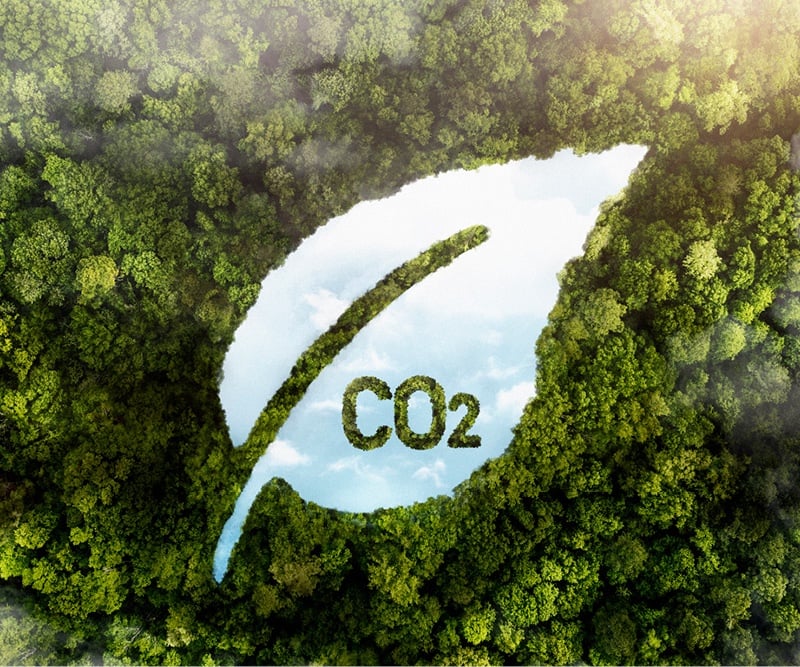
How is it Achieved?
A Climate Neutral Product seal is a major accomplishment that requires a significant investment of time and full transparency. It includes three essential steps.
The first step is to thoroughly evaluate the product from cradle to grave. A comprehensive Life Cycle Assessment is completed to measure the overall negative environmental impacts of a product’s life cycle. For leather, that includes all processes from animal
-
Posted: July 21, 2025Categories: BlogRead more »
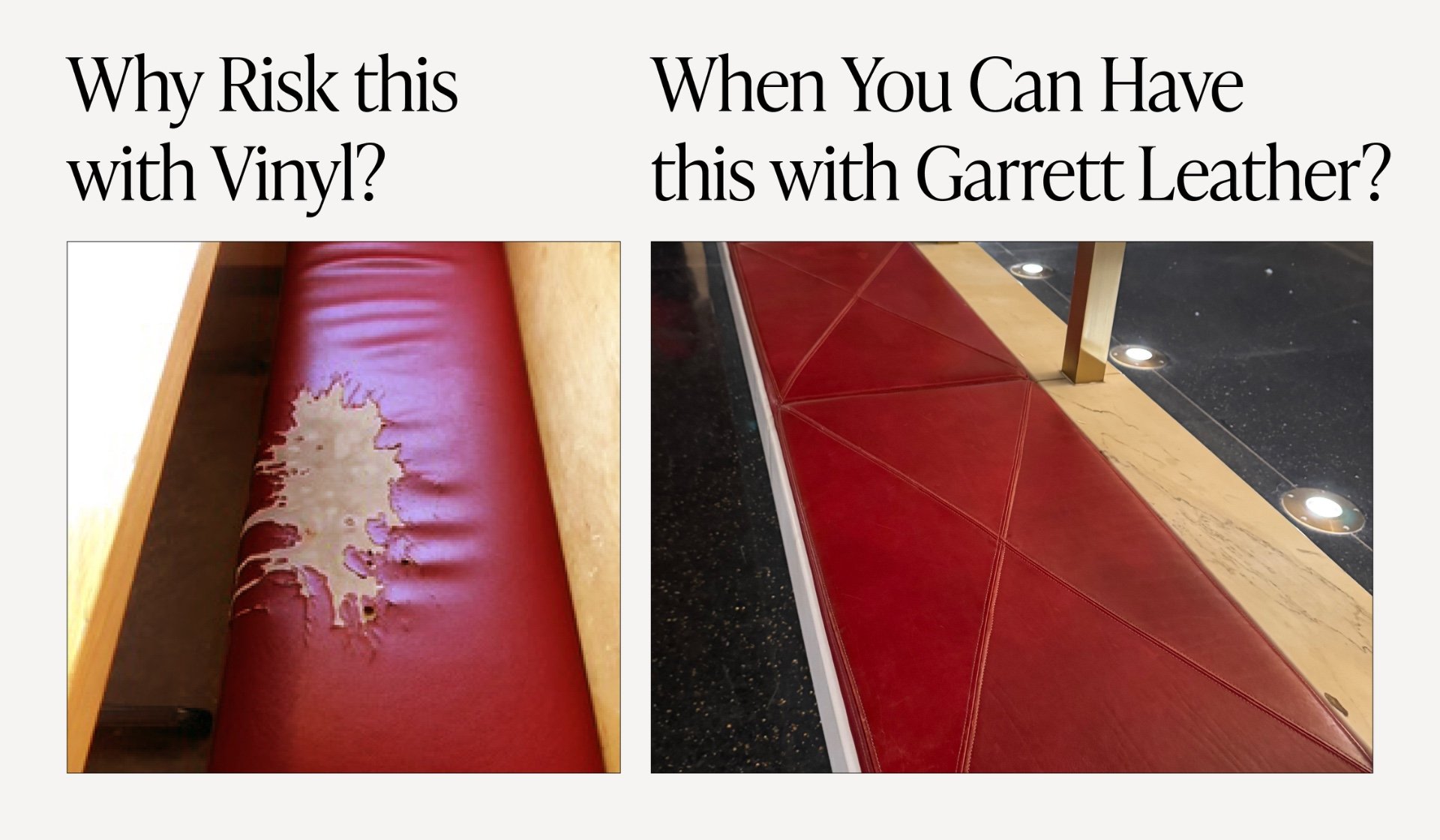
KEY FEATURES VINYL LEATHER APPEARANCE Vinyl is fabric that often has an artificial grain print to mimic the look of leather, but often lacks depth. Garrett leather is premium material that looks beautiful from the moment it is installed.
Our leather’s rich color is from aniline dyes that penetrate all fibers of the hide.
We have a wide variety of colors and textures depending on the type of leather you choose.
COMFORT Vinyl is non-porous and does not adjust to body temperature. It often becomes sticky with prolonged exposure to body heat. Leather is a porous organic material that allows it to “breathe”. Leather adjusts to body temperature for optimal comfort. DURABILITY Vinyl is uniform in weave, therefore, does not offer as much flexibility, strength or durability as natural leather. Leather consists of an intricate structure of collagen fibers that are intertwined in a way that provides exceptional flexibility, strength and durability that cannot be
-
Posted: June 12, 2025Categories: BlogRead more »
Olive Tanned Leather
In an age where sustainability drives innovation, olive tanned leather caters to a heightened focus on material awareness and longevity, a compelling blend of environmental consciousness and skilled tradition.
What is Olive Tanning?
Olive tanning is an innovative leather-making method that uses alternative, plant-based tannins to preserve hides. The patented wet-green® OBE tanning agent used is made from fallen olive tree leaves, branches and other olive harvest residues sourced in the Mediterranean.
A Circular Approach to Leather
Rather than burning or discarding the natural waste from olive harvesting, it is collected and brewed like tea to be transformed into high-quality, bio-based tanning solution. This circular approach conserves resources, reduces reliance on mined chemicals and requires less water.

Reducing Waste & Recycling
Olive tanning is an exciting advancement in leather production, offering a powerful combination of waste reduction and recycling.
-
Posted: June 04, 2025Categories: BlogRead more »
Choosing the right leather is essential.
Different types of leather impact the overall look and feel of a design. Understanding the unique characteristics of each allows you to make informed decisions that align with your creative vision.
3 Types of Leather
A SIDE-BY-SIDE COMPARISON
NATURAL GRAIN LEATHER NUBUCK LEATHER ENHANCED GRAIN LEATHER 


Natural grain leather shows markings and variations in the grain, and may become more noticeable towards the edges of the hide.
Nubuck leather has been sanded and buffed to create a velvety, suede-like texture.
Enhanced grain leather is buffed then embossed with a grain print, ensuring a consistent and uniform appearance to the edges of the hide.
At Garrett Leather, we offer a wide variety of premium quality leather to cater to your specific design needs. Click here to shop now. Or contact your local representative who is happy to help you navigate your options so you can make the perfect selection for your project.
Have
-
Posted: May 21, 2025Categories: BlogRead more »
What You Specify Matters
An Environmental Product Declaration (EPD) is a third-party verified document which reports the environmental impacts of a product from a full lifecycle perspective.

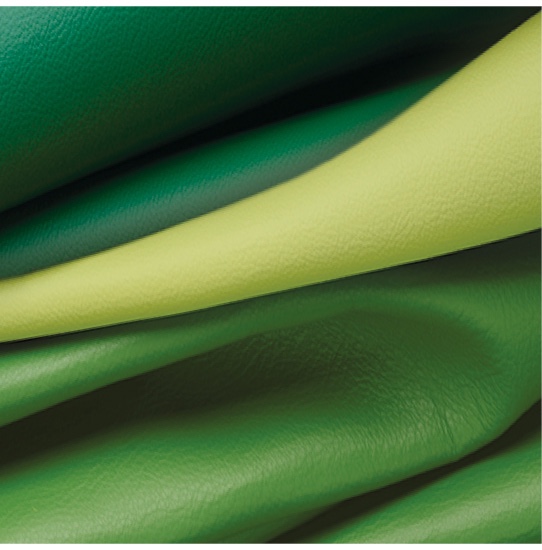
What Does a Life Cycle Analysis (LCA) Evaluate?
• The environmental footprint of raising livestock, including land use, water use, and greenhouse gas emissions.
• Energy use, water consumption, and chemicals used in tanning, dyeing and finishing the leather.
• The emissions and energy used to ship leather from the tannery to warehouses, clients, or finished product destinations.
• What happens to leather after use —recyclability, biodegradability, landfill impact.

Based on LCA results, an EPD includes results of environemtal performance indicators such as:
• Global Warming Potential (Carbon footprint).
• Total water consumption, including tanning, dyeing, and finishing.
• The amount and type of energy used in production.
• Raw material sourcing transparency — where
-
Posted: April 30, 2025Categories: BlogRead more »
If you work with high-end materials, you’ve likely wondered: What are these marks on my pure aniline hides? The truth is, each hide tells a story. Those who truly understand leather appreciate the natural beauty that lies in its authenticity. Pure aniline leathers, which are minimally finished, proudly display natural markings that tell the story of the animal’s life. These subtle variations—like scars or wrinkles—are not flaws, but signatures of genuine leather. It’s this character that makes leather a truly luxurious material.
In this guide, we’ll help you understand the natural characteristics of genuine leather.
The Natural Signature of Leather
Just like silk, wood, or marble, leather is a natural material and every hide is unique. These inherent differences are part of what makes leather so luxurious.
Natural Markings
It's these natural characteristics that occur during the life of the animal and result in minor imperfections that do not compromise the strength or integrity
-
Posted: March 31, 2025Categories: BlogRead more »
Discover the Ultimate Resource for Interior Designers: Garrett Leather’s NYC Showroom
Attention Interior Designers!
If you’re looking to elevate your projects with luxurious leather options, look no further than our stunning NYC showroom. Nestled in the heart of the design district at the D&D Building, located at 979 3rd Ave, Suite 1107, our showroom is a treasure trove of possibilities for your next interior design project.
A World of Color and Texture
We proudly offers hundreds of colors and an array of textures to cater to your design vision. Whether you're seeking the warmth of classic leathers or the bold pop of modern hues, our extensive range ensures that you’ll find the perfect match for any space. These diverse options not only enhance aesthetic appeal but also bring a tactile richness that is simply unmatched.
Quick Turnaround for Your Projects
We understand that timelines are crucial in the world of design. That's why most of our leather products can ship within just two
-
Posted: March 13, 2025Categories: BlogRead more »
Many discerning clients are drawn to the exceptional softness and refined elegance of nubuck leather.
Let’s take a closer look at the unique characteristics of nubuck leather.
Our nubuck leather is made from high quality, full grain hides. Its surface is lightly buffed to expose the natural fibers of the hide and create a luxurious nap. Changes in the direction of the nap give illusions of light and dark areas on each hide.
Nubuck differs from suede, which is made from smaller, less durable splits, or lower portions of the hide. Nubuck leather offers larger cutting yields than suede alternatives and has an inviting, velvety texture.

Because nubuck leather has minimal surface protection, we recommend these hides for moderate to low traffic areas. Nubuck leather is a popular option for the outside backs of furniture, ottomans, footboard benches, lower side walls in aircraft, and other vertical applications.
Regardless of the application, we recommend maintaining the leather with a Nubuck

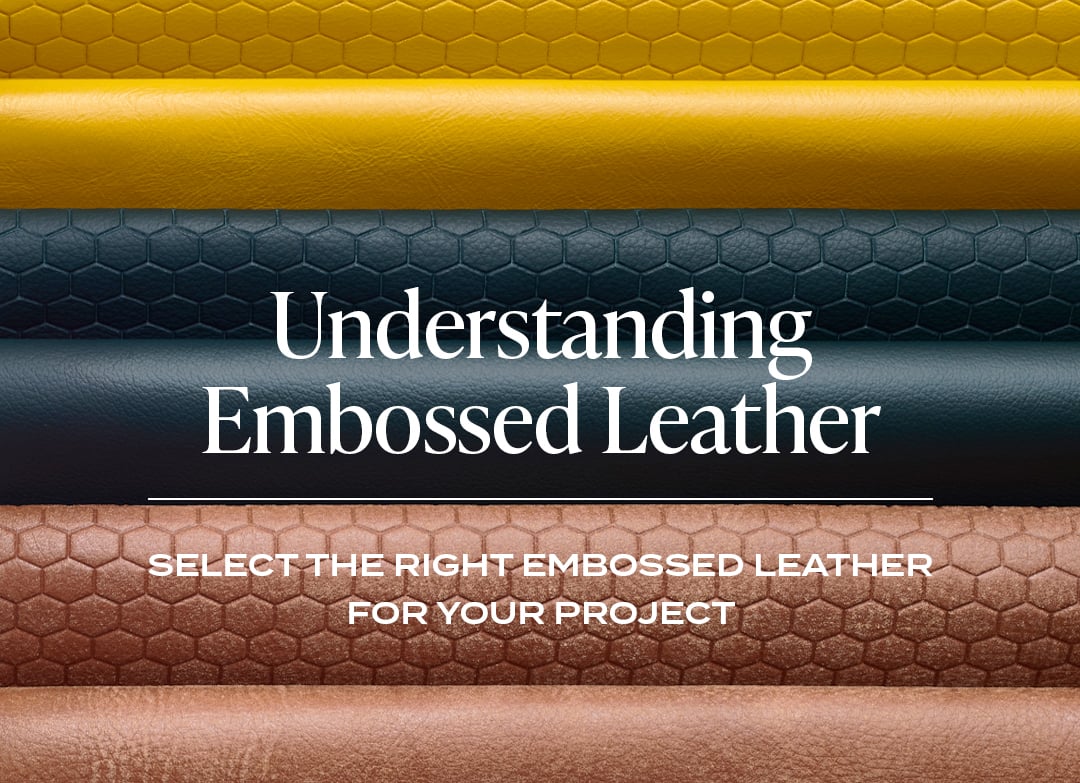
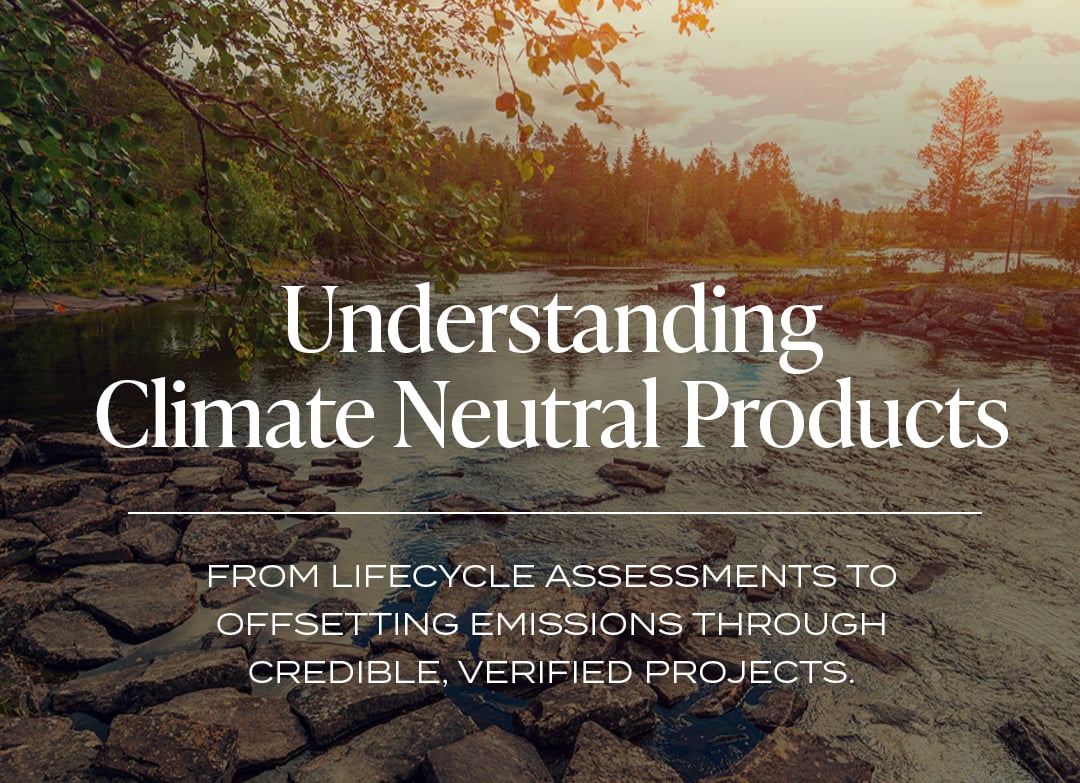
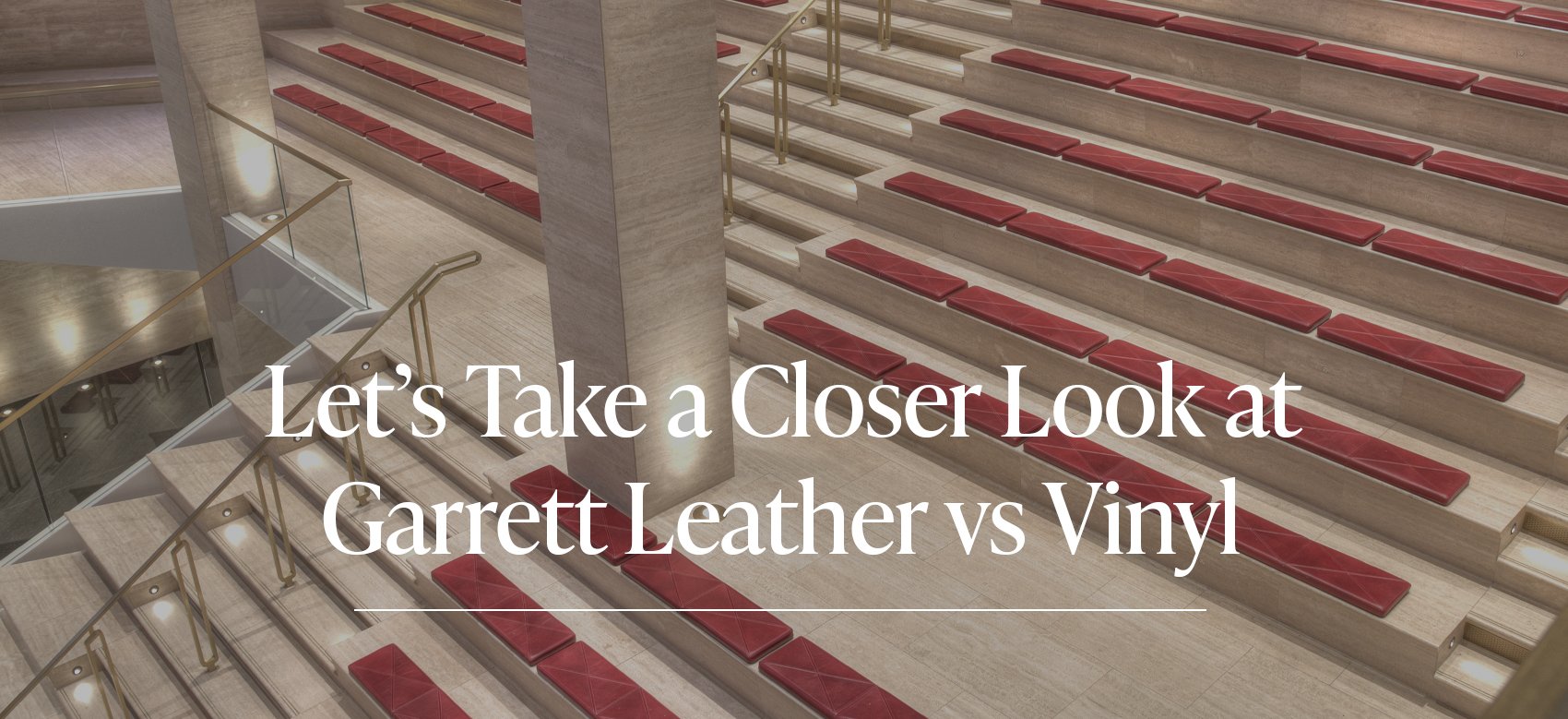
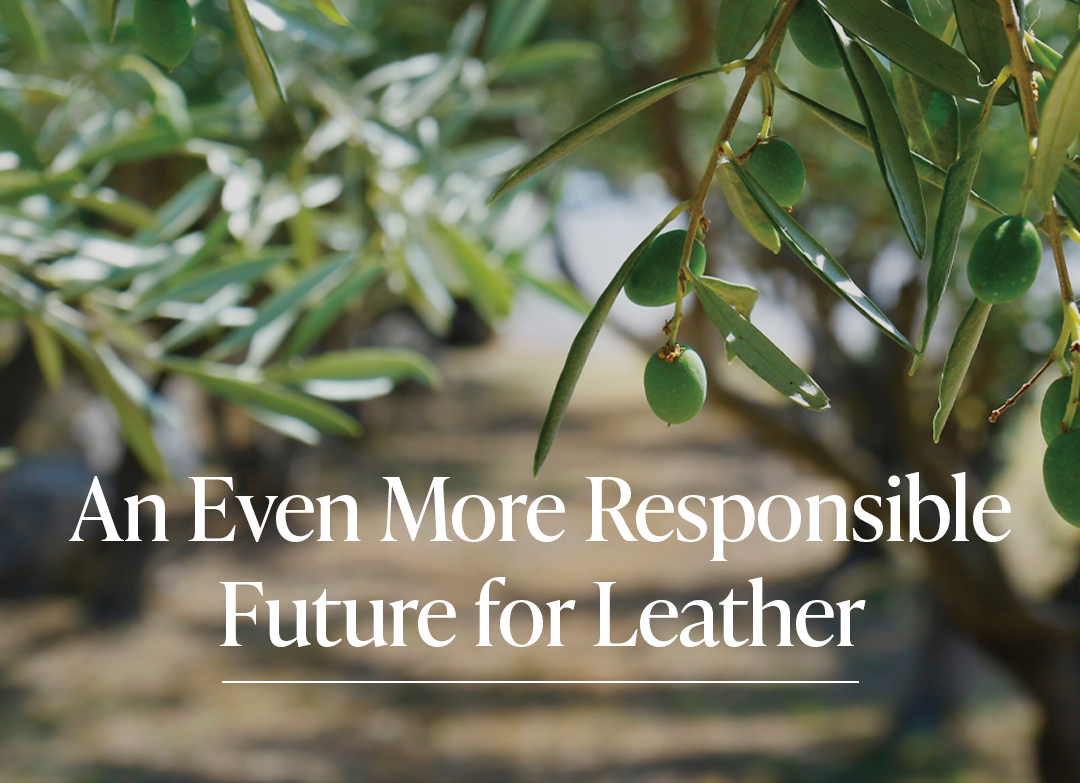






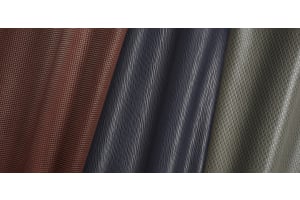


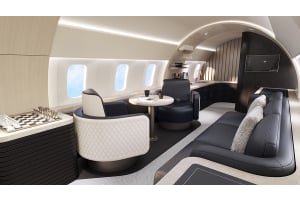
Login and Registration Form
Become a Member of Our Community
As part of our commitment to the design and architecture industry, we offer exclusive membership to qualified customers. While all customers may browse our online catalog and request samples, members gain access to special areas of the website.
Enjoy Exclusive Membership Benefits
Sign Up